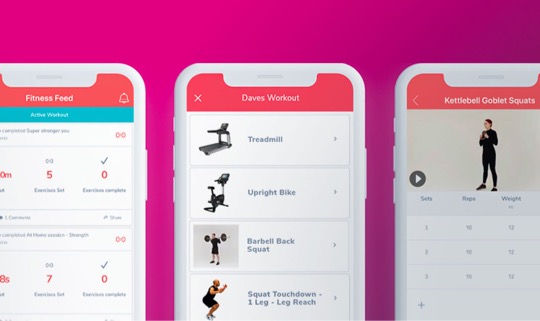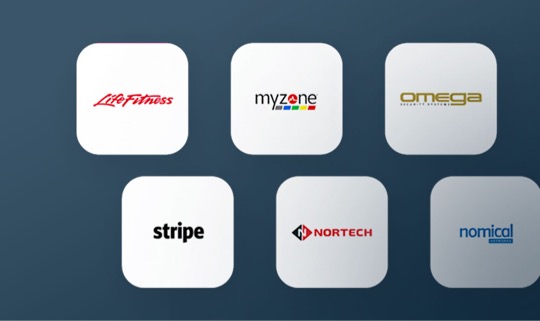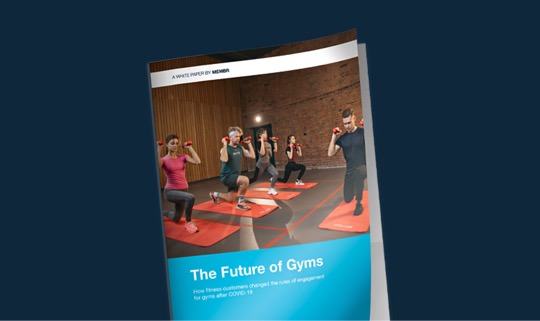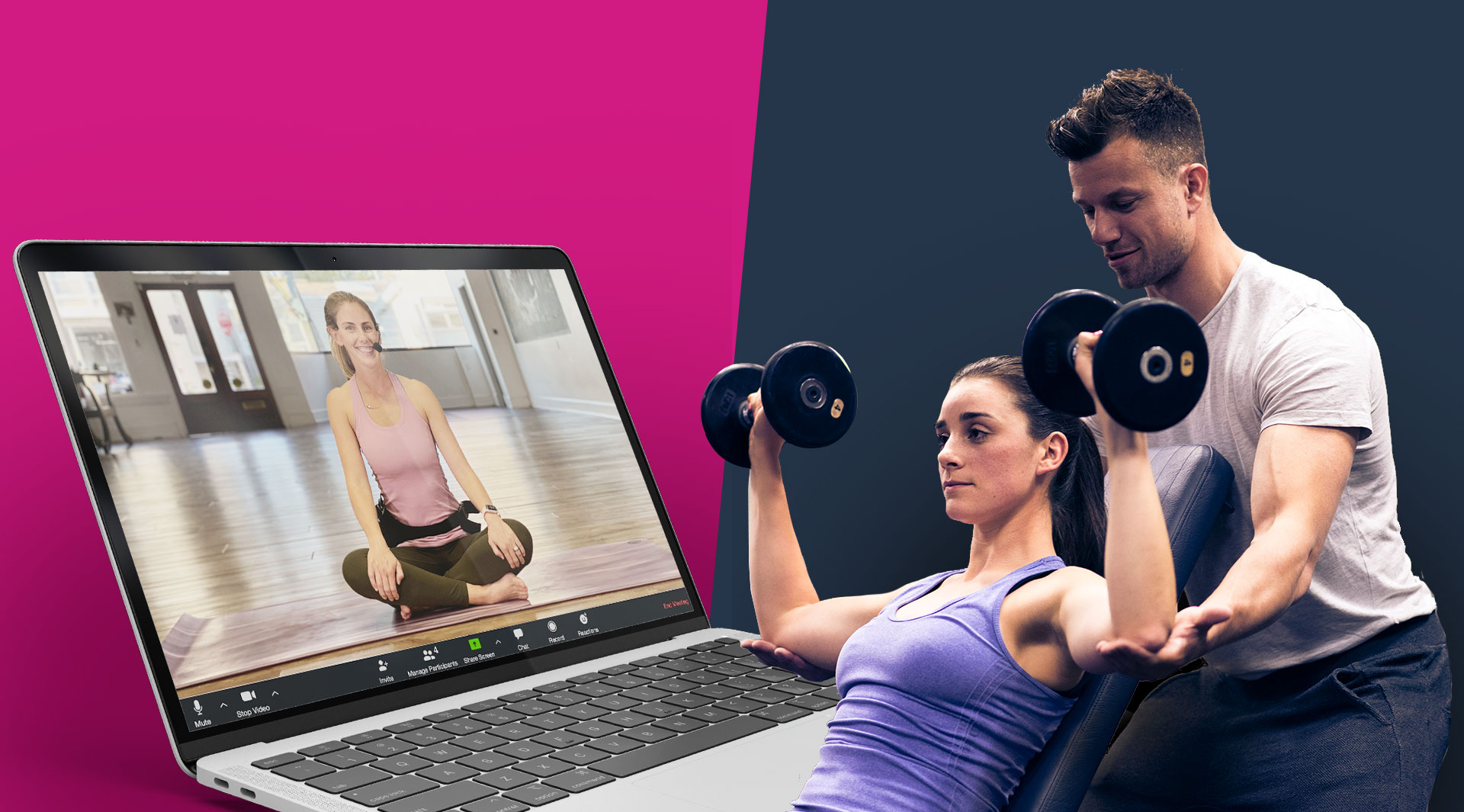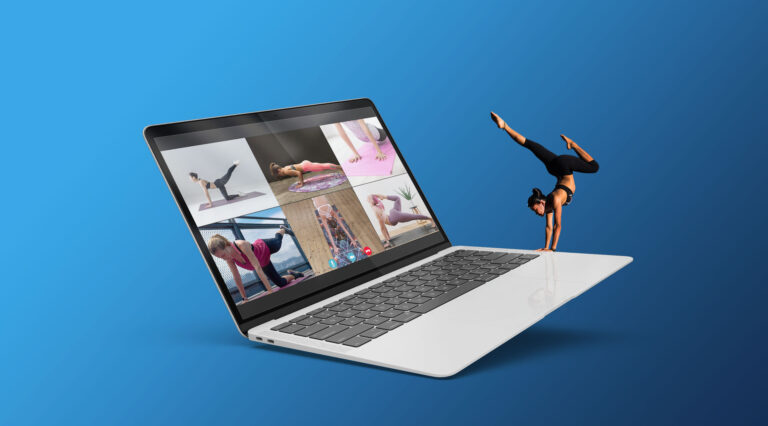As fitness clubs start to reopen, they will gradually but surely return to our routines. The big question now: what role will home workouts and other fitness alternatives play versus the traditional gym membership?
Last year marked a major boom in at-home workouts, obviously accelerated by the global COVID-19 outbreak. But fitness technology was not a brand new concept. The digital fitness uprising had already been on the horizon for some time, with the emergence of Peloton, FIIT and other similar offerings being slowly adopted.
What was new is that the pandemic not only forced closures of our gyms, but also locked us in our own homes. So we had no choice but to spend over 12 months exercising in our garden, garage and living room, occasionally meeting friends and PT’s on Zoom for that added motivation and social interaction.
In this blog post, we’ll list the pros & cons of at-home workouts and having a traditional gym membership. We’ll also take a look at what makes the hybrid gym model a perfect solution for fitness clubs in the post-pandemic climate.
The Appeal of Home Workouts
At home workouts, online classes and digital training plans replaced 100% exercising in the gym during the lockdowns. These offerings are appealing not just in the context of the pandemic, but also as a contemporary extension to our busy everyday life.
There are three clear reasons why home workouts might continue to be the default exercise option a little longer.
- Convenience
- Flexibility
- “Multi membership”
First of all, convenience is something many people strive to find, especially in our increasingly hectic lives. To drive, walk, run or cycle to a gym is something people struggle to have time for. So the option of a workout in your own home appeals purely as a time saving mechanism.
Since people can go onto YouTube, find a HIIT class and do this at any time of the day that suits them, at home workouts also provide increased flexibility. Exercisers no longer need to book a class at a specific time of the day and build their schedule around that particular class, or face the waiting list when a class is over-booked.
Last but not least, people who exercise at home can have a ‘multi-membership’ and get their inspiration from different coaches, gyms, mobile apps and online content. While there are many paid subscriptions that unlock additional features, most fitness platforms have some amount of free to consume content.
So far so good. But most people don’t have the space required to create a gym in their home with multiple pieces of equipment that would allow them different types of workouts. Additionally, if you want a piece of connected equipment such as a Peloton bike, this is going to set you back £1,500+, which is a significant amount of money, particularly when compared with a budget gym £10 – £20/month membership.
As appealing as they may be, there are some clear drawbacks to home workouts too.
- Expensive equipment
- Lack of social interaction
Back to the Gym Floor
Now more than ever we’re craving that social interaction. While at home workouts offer you the option to chat to friends via Zoom, or easily get a 1-to-1 coaching session with your PT on Skype, they can’t really measure up to an in-person experience.
With gyms open again in most parts of the world, they are a safe haven for many who understand the importance of keeping your body and mind active.
You already know the benefits of going to the gym, but here are the key motivators for exercisers to return back to the gym floor.
- PT support
- Fitness community
- Variety of equipment
Having a qualified trainer guide you into the correct form is invaluable when trying to achieve the best results. Getting PT support increases your chances of sticking to a schedule and keep you motivated to achieve your fitness goals.
Speaking of the social element, it’s great to exercise with a PT, but even greater to break a sweat with your gym buddies. Joining the fitness community starts as soon as you enter through the front door. Whether it’s going to the same class with a friend or grabbing a coffee after a workout, the communication with peers does wonders for our mental health.
As for the machine-assisted workout choices, 30 minutes on the treadmill could easily be replaced with a run in the park, but it would be nearly impossible to have the same variety of fitness equipment as you’d normally get with your gym membership.
This means that the main negative point when it comes to going to the gym is none other than the planning!
- Travel, traffic, planning
The Hybrid Model
We’re constantly hearing the term hybrid-gym right now. What this means for gyms is offering an element of at-home workouts alongside their traditional membership offerings.
- Gym membership layered with at-home workouts
- On Demand content provided by gym
- Connected equipment to join class from home (where available)
This is a huge shift in the industry and one which completely changes how gyms position themselves against their competitors.
Every year the ACSM’s Health & Fitness Journal publishes a list of fitness trends for the coming year. Some of the key trends listed for 2021 include: Mobile Exercise Apps at no.12, Virtual Training at no.6, Outdoor activities at no.4 and at no.1, Online Training. This is a clear indicator that a hybrid model is going to be very important for gyms moving forward.
Going Hybrid
Going hybrid can be achieved very simply, with minimal changes to operations and costs. Here is a breakdown of a few simple ideas that will allow you offer an at home experience as a layer on the traditional membership:
1. On Demand classes filmed in location 📸
Utilising the gym’s existing mobile app, you can host a library of content for gym members to consume at their own leisure from wherever they are. Filming these in the familiar location of the gym will provide continuity, brand trust and value for the members monthly fees.
2. Live classes for people to follow at home 💻
Keep a class schedule for people to perform in the gym, but offer some of these via streaming online. This way gym-goers can join at home if they can’t make it that day. Reducing barriers to entry for members is going to be critical post-COVID.
3. Programming to factor in at-home element 📲
Functional fitness takes into account many different disciplines: not just your squat racks, bench presses and treadmills. Think of including in your fitness programmes workout options that can easily be performed at home, such as bodyweight circuits.
A hybrid approach should not be a scary concept which keeps owners and operators up at night wondering what to do next. Hybrid gyms are going to take many different forms and they are bound to make a crucial offering if gyms want to thrive in this post pandemic world.
More from Membr
🤔 Evolve to a Hybrid Model or Share the Value of Your Members
🙏 UK Gyms Record 83% Member Retention Despite COVID-19 Closures
👀 6 Steps To Rebuild Your Gym After COVID-19
📲 Grow Your Fitness Reach As A Gym Owner With Connected Technology

